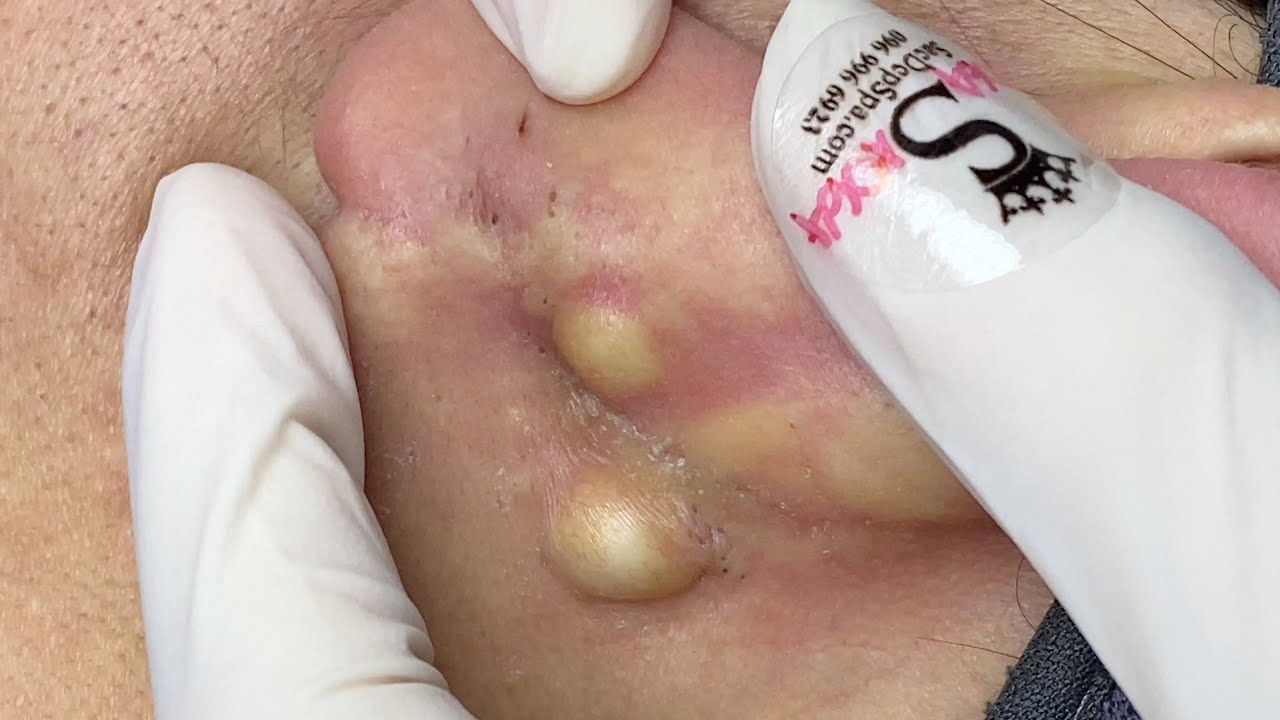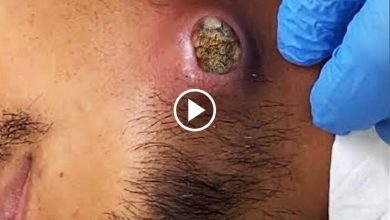Effective Drainage of Knee Hematoma: A Comprehensive Guide for Faster Recovery
A knee hematoma is a common injury, often resulting from trauma, sports activities, or even accidents. When blood accumulates within the knee joint or surrounding tissues, it can lead to significant pain, swelling, and restricted mobility. In some cases, draining the hematoma is essential to promote healing, reduce discomfort, and speed up recovery. In this article, we’ll explore what a knee hematoma is, the signs to watch for, and the best practices for drainage and recovery.

What is a Knee Hematoma?
A knee hematoma occurs when blood collects within the tissues around the knee due to an injury, such as a direct blow or a fall. The blood may pool in the soft tissues, causing the knee to swell and become painful. Depending on the severity of the injury, the hematoma may be superficial or deeper within the joint, requiring different approaches to treatment.
Signs and Symptoms of a Knee Hematoma
Before diving into treatment, it’s important to recognize the signs of a knee hematoma:
- Pain and tenderness: The knee will likely be sore, especially when touched or moved.
- Swelling: The area around the knee will be noticeably swollen, often with a visible lump or bulge.
- Discoloration: The skin around the knee may appear bruised or discolored as blood settles under the skin.
- Limited range of motion: The knee may feel stiff, and bending or straightening it could be difficult.
- Heat or warmth: In some cases, the affected area may feel warm to the touch, indicating inflammation.
If you experience any of these symptoms after an injury, it’s important to seek medical attention to determine the severity of the hematoma and decide on the appropriate treatment.
When to Drain a Knee Hematoma
Most small hematomas resolve on their own with rest, ice, compression, and elevation (the R.I.C.E method). However, in some cases, drainage may be necessary to alleviate symptoms and prevent further complications. Indications that drainage is needed include:
- Severe pain: When the hematoma causes excessive pain, draining it may relieve pressure on surrounding tissues.
- Large size: If the hematoma is large or growing, draining it can help reduce swelling and restore mobility.
- Infection risk: If the hematoma is not treated properly, there may be a risk of infection, especially if the skin is broken or the hematoma is located near a joint.
- Limited mobility: If the swelling severely restricts the knee’s range of motion, drainage can speed up recovery by removing the accumulated blood.
How is Knee Hematoma Drained?
Draining a knee hematoma should always be done by a healthcare professional to avoid complications. The procedure involves several steps:
- Assessment and Preparation: The doctor will assess the size and location of the hematoma and may take an X-ray or ultrasound to ensure there is no underlying bone injury.
- Local Anesthesia: To minimize pain during the procedure, the area will be numbed using a local anesthetic.
- Sterilization: The skin will be cleaned with an antiseptic solution to reduce the risk of infection.
- Needle Aspiration or Incision: A needle is inserted into the hematoma to drain the pooled blood. In some cases, if the hematoma is large or difficult to reach, a small incision may be made to facilitate drainage.
- Post-Procedure Care: After the drainage, the area may be wrapped with a bandage or compression dressing to reduce further swelling. The doctor may also apply ice or recommend over-the-counter pain relief.
- Follow-up: You may need to return for follow-up visits to ensure proper healing and monitor for any signs of infection or complications.
Aftercare and Recovery
Following the drainage procedure, it’s important to follow your doctor’s instructions for recovery. This can include:
- Rest: Avoid putting weight on the injured knee for the first few days after drainage.
- Ice and Elevation: Continue applying ice to the area to reduce swelling and elevate the knee to improve circulation.
- Compression: Wearing a compression bandage can help prevent further swelling and support healing.
- Physical Therapy: In some cases, physical therapy may be recommended to strengthen the knee and restore its range of motion.
Potential Risks and Complications
Although drainage of a knee hematoma can be highly effective, there are potential risks involved:
- Infection: If the procedure is not done in a sterile environment, there’s a risk of introducing bacteria into the knee joint.
- Reoccurrence: In some cases, blood may reaccumulate after drainage, requiring further treatment.
- Joint Damage: If the hematoma is near the joint, there’s a possibility of cartilage or ligament damage.
To minimize these risks, always ensure that the procedure is performed by a skilled healthcare provider and follow their instructions carefully during recovery.
Prevention and Long-Term Care
While you can’t always prevent a knee hematoma, there are steps you can take to reduce your risk:
- Warm-up properly: Before engaging in any physical activity or sports, make sure to warm up your muscles and joints.
- Use protective gear: If you’re participating in contact sports or activities with a higher risk of knee injuries, wearing knee pads or protective gear can help prevent trauma.
- Strengthen the muscles around the knee: Keeping your quadriceps, hamstrings, and calf muscles strong can reduce the strain on your knee joint and lower the chances of injury.
Conclusion
Effective drainage of a knee hematoma is a critical step in promoting recovery after an injury. While minor hematomas often resolve on their own, larger or more painful hematomas may require medical intervention. If you suspect you have a knee hematoma, consult with a healthcare professional to determine the best course of action. With proper care, including drainage when necessary, you can get back on your feet and back to your activities more quickly.
By following the proper steps for drainage and recovery, you can reduce discomfort, promote faster healing, and return to your daily activities with improved knee health.
Disclaimer: This article is for informational purposes only and does not replace medical advice. Always consult with a healthcare professional for diagnosis and treatment options.





